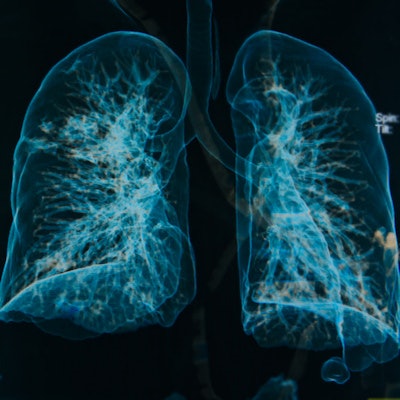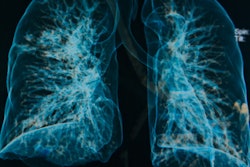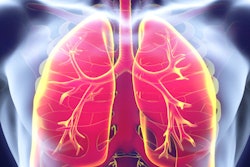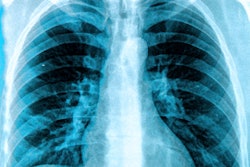
A new report claims that U.S. regulators were aware of a resurgence of black lung disease among coal miners in the Appalachian region but failed to take steps to halt the epidemic until recently.
Regulators knew for years that coal miners were receiving excessive levels of exposure to toxic mine dust -- levels that could lead to progressive massive fibrosis (PMF), the clinical term for the most advanced form of black lung disease, according to an investigation by NPR and Frontline. Federal officials now are seeing "thousands and thousands and thousands" of cases of PMF, with miners dying from exposures that occurred 20 years ago and at a younger age than in the past.
The resurgence is the result of a shift in coal mining that began decades ago, according to the report. The major coal seams in Appalachia have been exhausted, so miners have been digging into coal embedded in sandstone. When this sandstone is cut by mining equipment, the quartz in the sandstone releases fine particles of silica dust that can become embedded in the lungs. This dust is even more dangerous to miners than coal dust, the article noted.
For the investigation, NPR and Frontline analyzed 30 years of data collected by federal regulators. Some 15% of 21,000 dust samples indicate that miners were exposed to silica dust at levels that were higher than federal standards. The investigation also found that federal laws didn't directly address silica dust for decades.
The U.S. National Institute for Occupational Safety and Health (NIOSH) recommended in 1974 that rules be established regarding silica dust exposure, but it wasn't until 2014 that new rules went into effect covering the mining industry.
The story echoes others that have appeared in recent weeks on the scope of the black lung epidemic. One recent article described how a Kentucky radiologist who was one of the first to discover a cluster of PMF cases was kicked out of the federal government's B-reader program by a state law excluding radiologists from it.



















